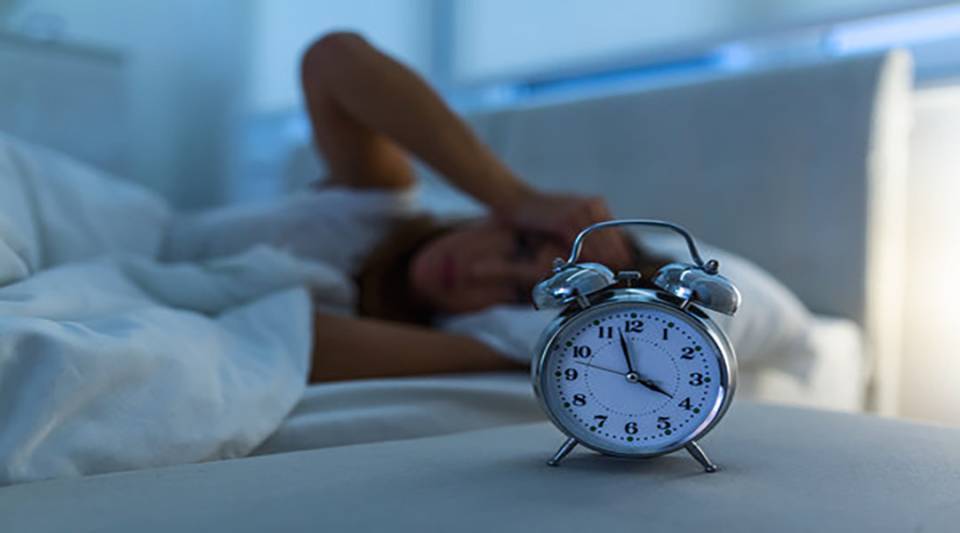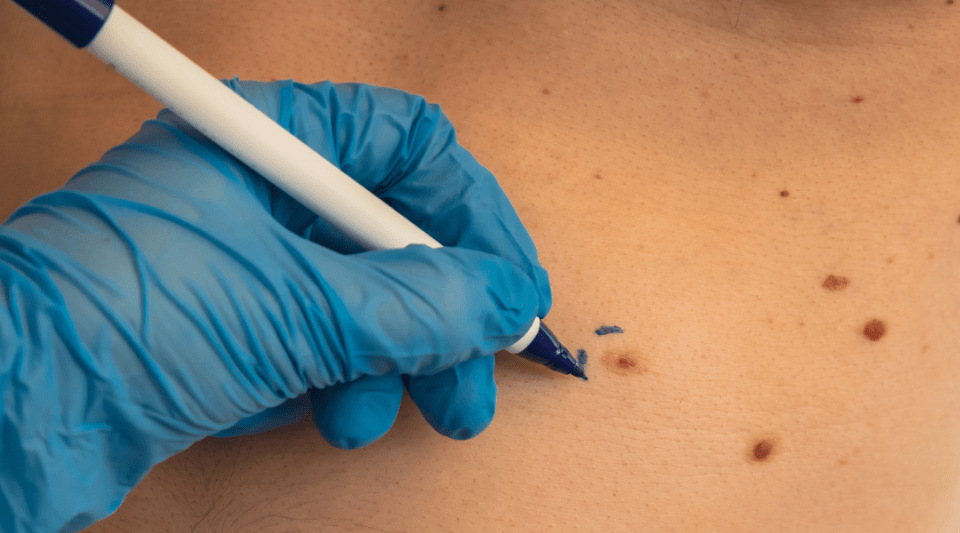Daridorexant, a drug to treat insomnia, was approved in the US in January this year and has now been approved in Europe. A study assessing its efficacy was published in The Lancet Neurology, led by the Stanford Center for Sleep Sciences and Medicine. This centre carried out two parallel studies of 900 adult participants from 18 different countries who were administered doses of 10, 25 or 50 mg during the night for 3 months. The two highest doses of the drug improved sleep and daytime performance in people with insomnia. Both studies showed that the drug is safe, well tolerated and effective in inducing and maintaining sleep. Furthermore, an improvement in sleep quality reflects an improvement in memory preservation.
Insomnia is characterised by difficulties initiating and sustaining sleep at night. This causes problems in maintaining attention during the day, with symptoms such as fatigue, low energy, altered mood and cognitive difficulties. The usual treatment is cognitive behavioural therapy, but this is not always accessible or desired by everyone. One of the most important needs that people with insomnia have, is in addressing the alterations at a physical, psychological and mental level that affect their daily activities.
Until now, no medication to treat insomnia has improved daytime performance, but Daridorexant has been found to do so. Currently, the pharmacological treatment for insomnia is based on benzodiazepines, which decrease neuronal excitation and have an anxiolytic and muscle relaxant effect. This drug causes a sedative effect the next day, does not work well in inducing and maintaining sleep and loses efficacy over time. The new treatment does not induce sedation, but rather improves sleep by inhibiting orexin, a hormone expressed by a noradrenergic type of neuron, which promotes alertness and wakefulness.
The medication reduces sleep latency, which is how long it takes to fall completely asleep, from the time the lights go out until the first phase of rest begins. An improvement in sleep maintenance was also found. These effects were observed throughout the 3 months of the study. A 50 mg dose represented an increase of 1 hour’s sleep to 6.5 hours total sleep. This was evaluated using polysomnography, which analyses several parameters and consists of 3 traces: an electroencephalogram, an electrooculogram and an electromyogram. An IDSIQ (Insomnia Daytime Symptoms and Impacts Questionnaire) was also used, which assesses different emotional parameters that change depending on sleep.
Side effects were rare, with nausea, headache, mild dizziness and fatigue reported. Approximately 80% of the drug was eliminated in 8h and there was no accumulation when the dose was repeated the following day. It was well tolerated in adults and the elderly included in the study.




